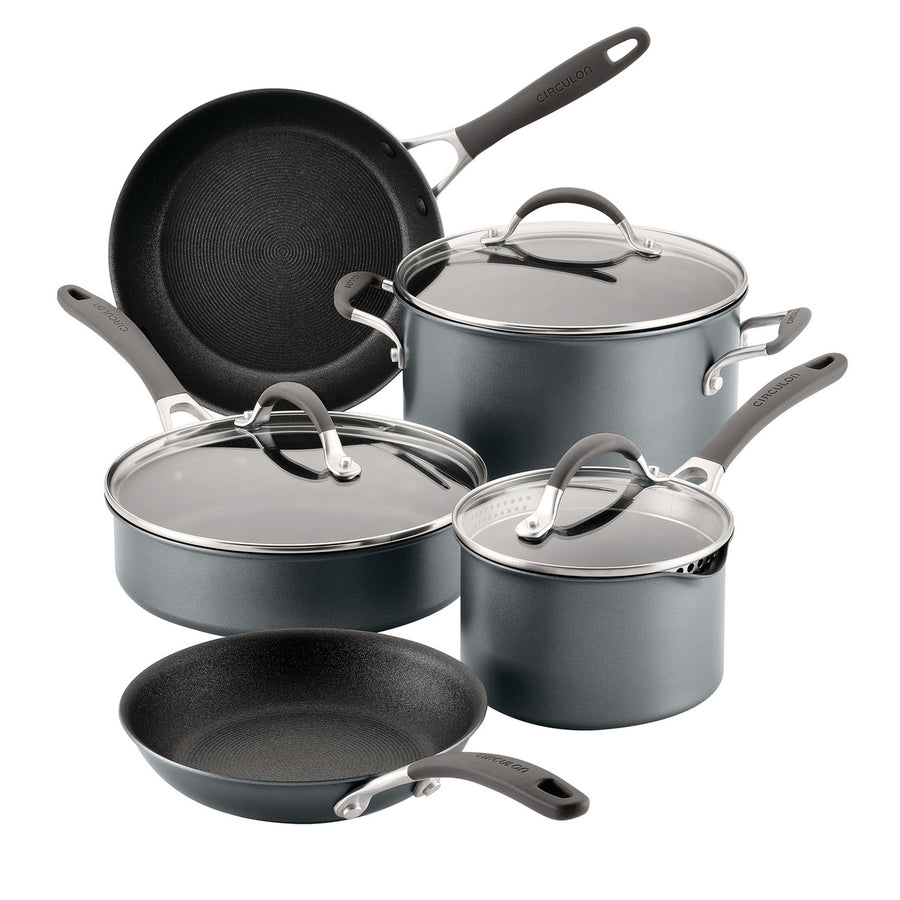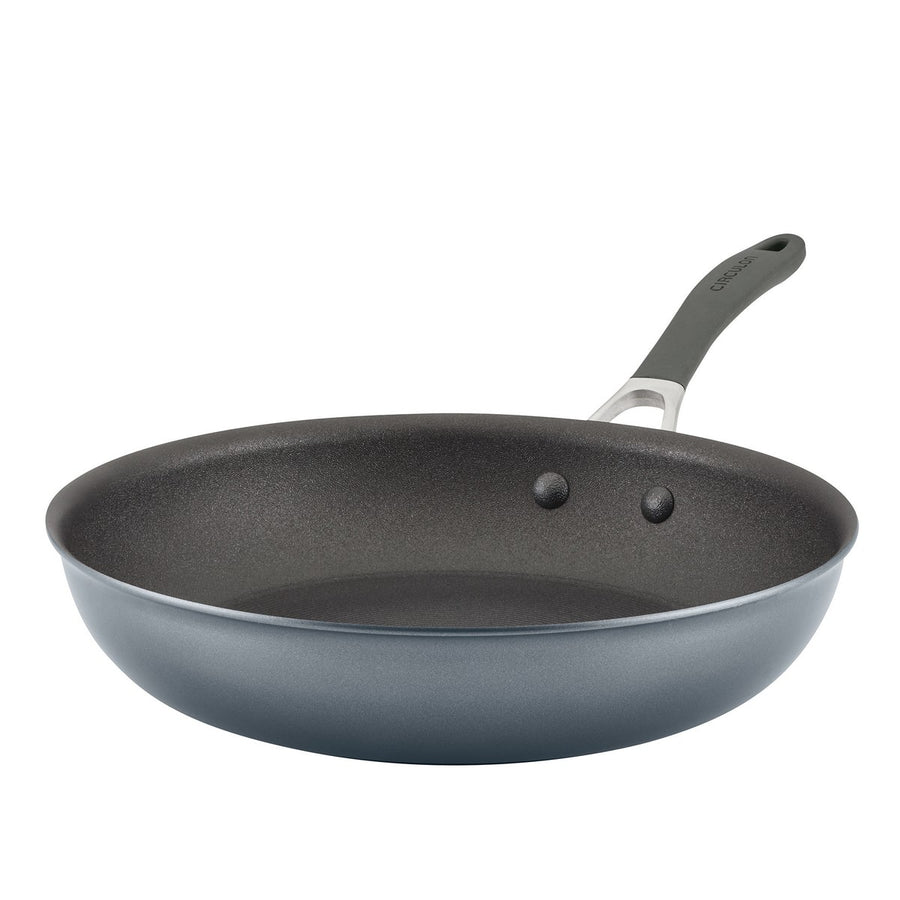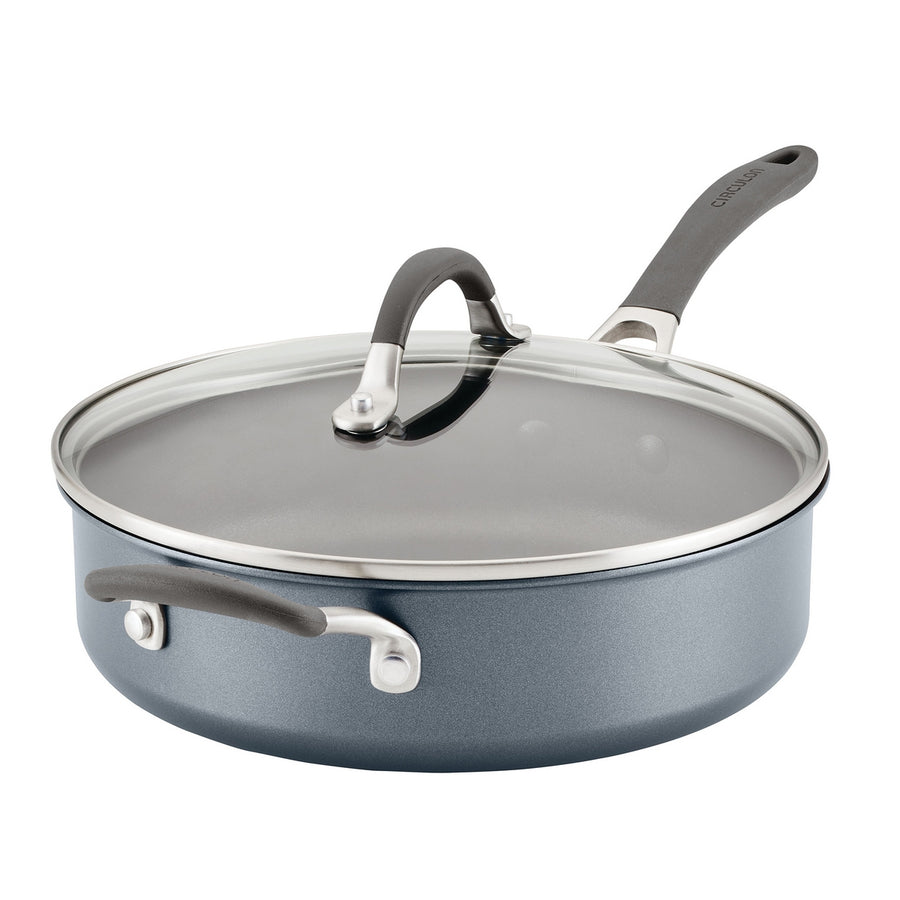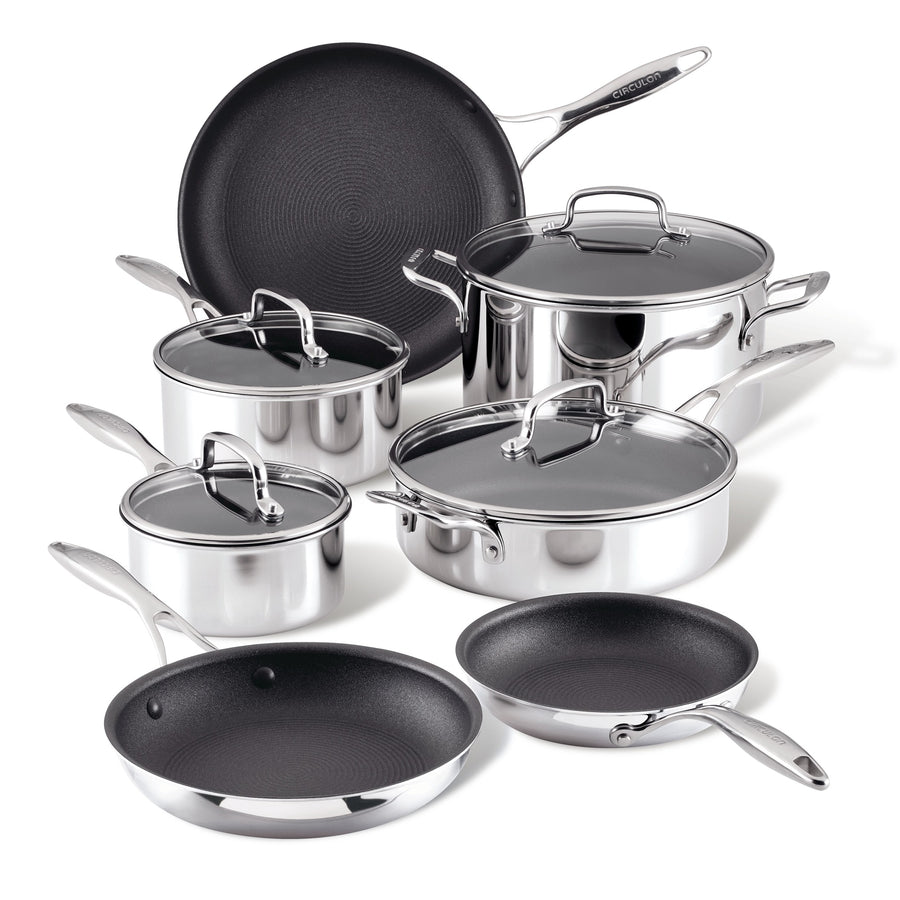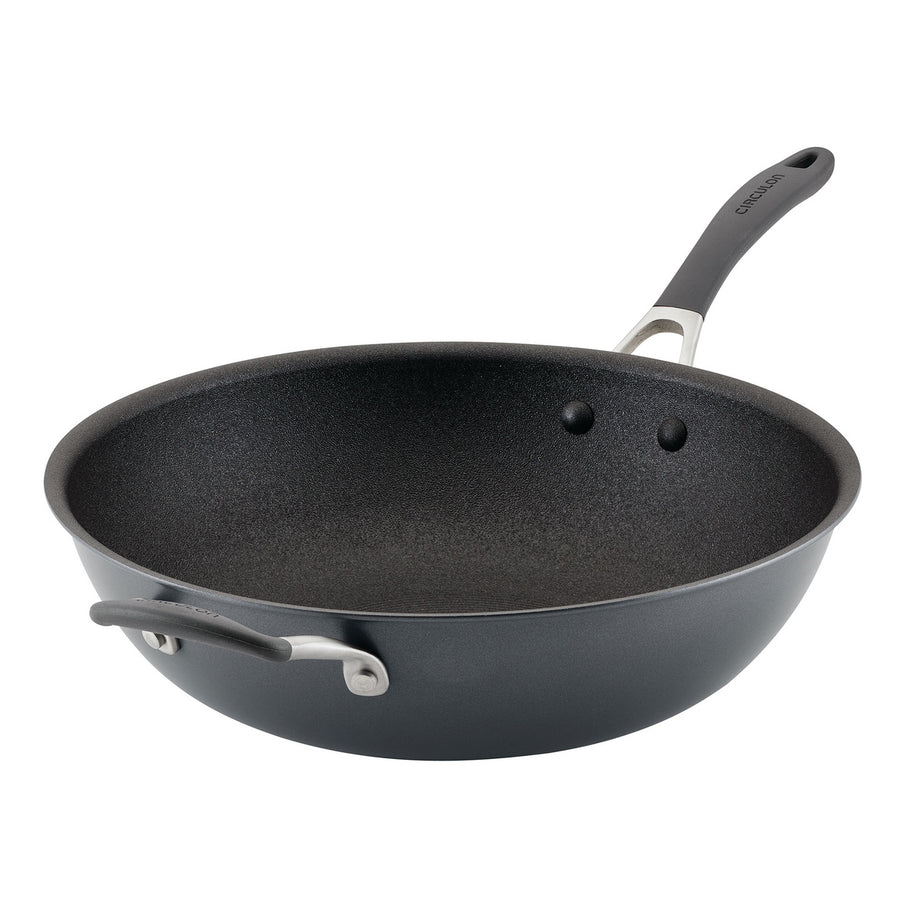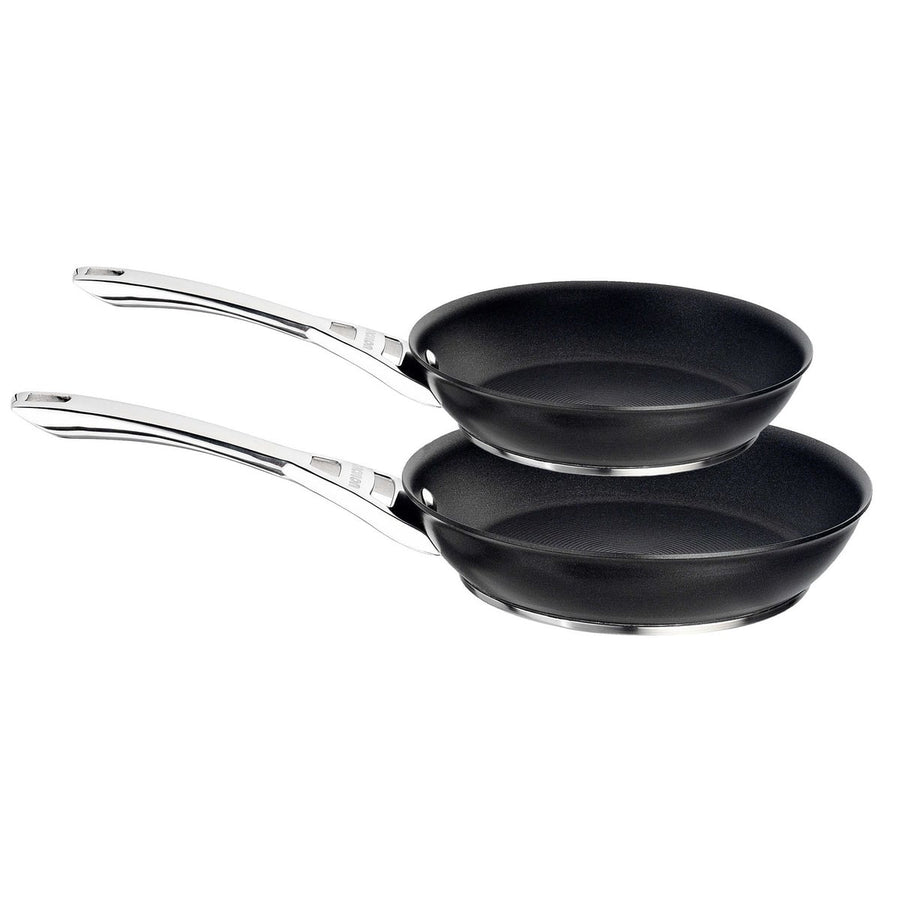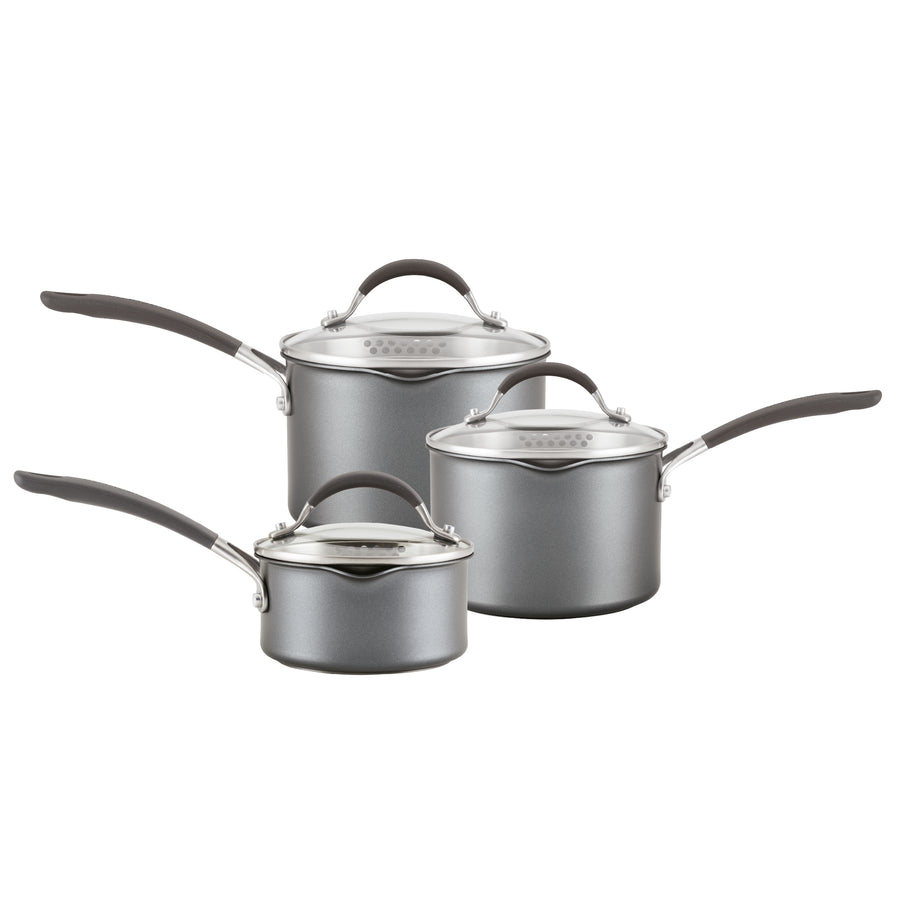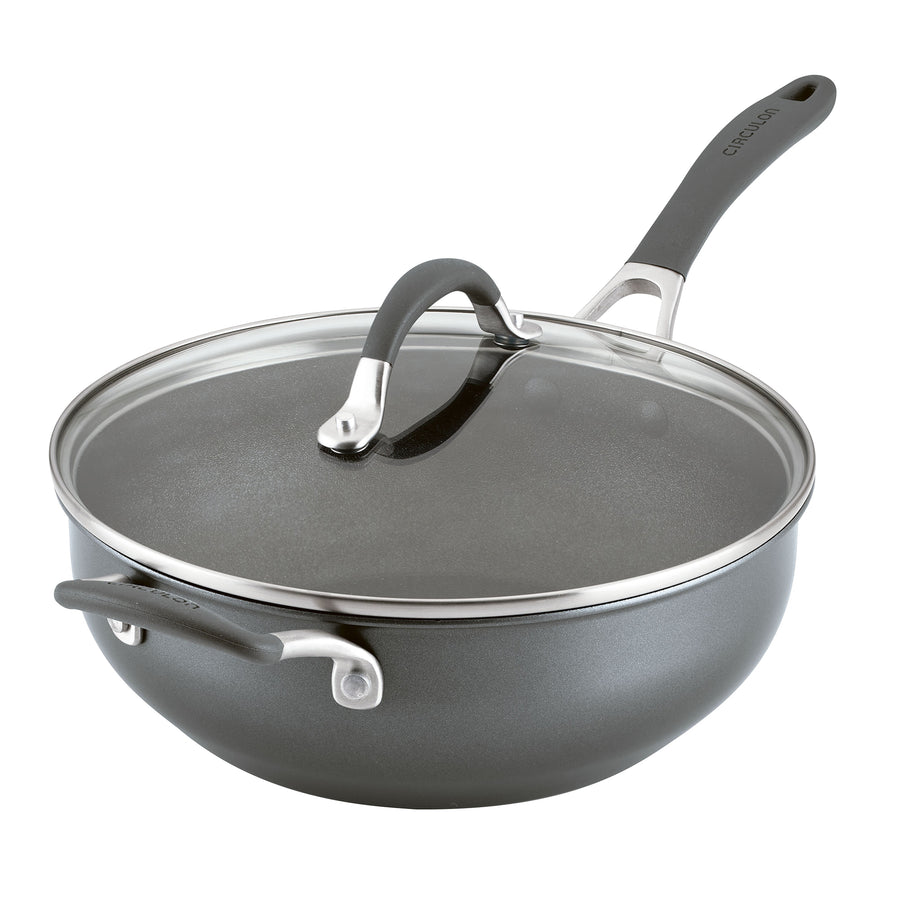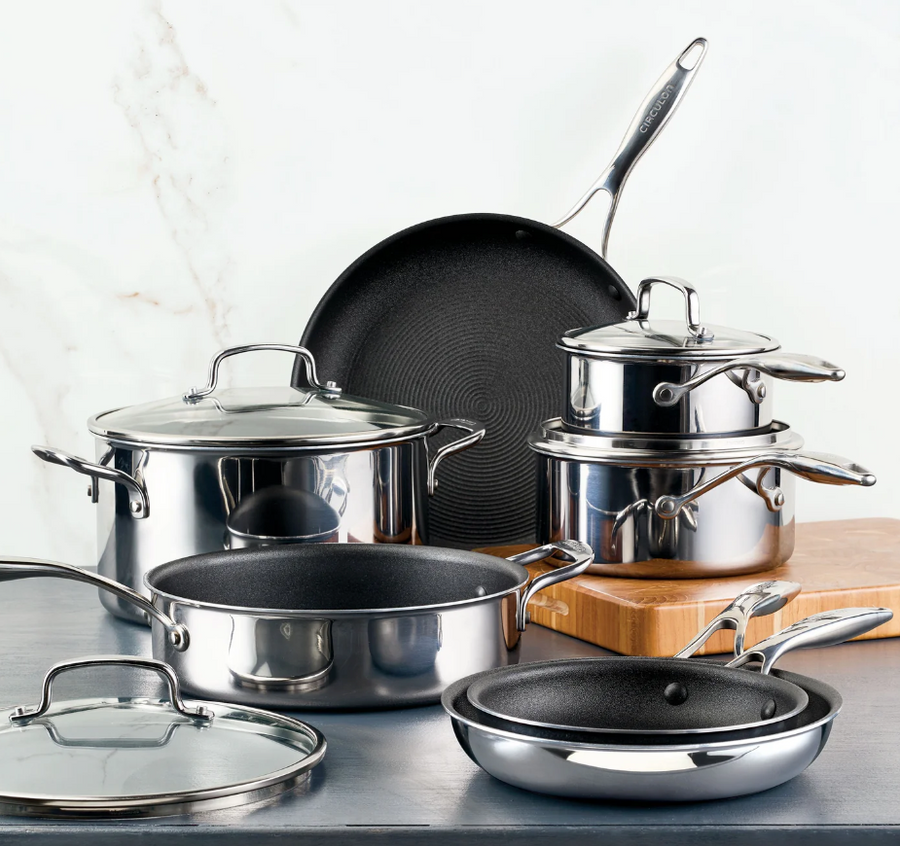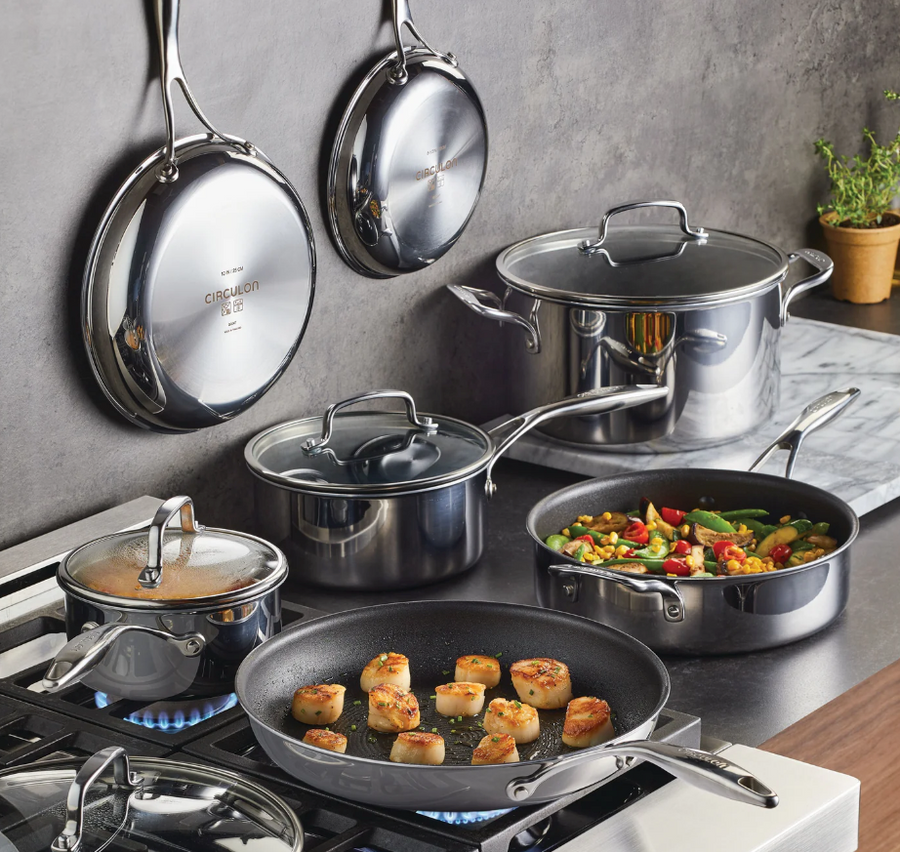The annual celebration of another year passing by is rejoiced in different ways all over the globe. From England to France and Mexico to Japan, there are many traditions carried out all in the name of good luck and health for the forthcoming New Year. Food and drink play a huge part in the New Year celebrations, here’s some of the wonderful ways people celebrate across the globe.

Argentina
On New Year’s Day, Argentineans eat beans, following the belief that eating beans will help them keep their current job or find a better one in the New Year. This tradition is all about prosperity, success and good fortune for hard working Argentineans.
Australia
Australians celebrate the New Year with a barbecue, grilling sausage, steak, and lamb. Something we would perhaps expect from the Aussies, but what a lovely way to spend the celebration of the turn of the clock. Younger crowds might spend the day at the beach or at a music festival like Space Ibiza in Sydney.

Estonia
Many Estonians consume seven, nine or even 12 meals on New Year’s Eve, with the belief that each meal eaten will give them the strength of many in the New Year. Not all the meal is eaten though; some of the meal is left unfinished for the spirits of ancestors who visit the house on New Year’s Eve.
France
A favourite for the French at Christmas is the traditional Yule log or roulade, however New Year in France is celebrated with a traditional meal of goose or turkey, oysters, foie gras, and of course Champagne.

Greece
In the evening of New Year, a meal of roast lamb or pork is eaten, and an extra place is set at the table for Agios Vassilis, otherwise known as Santa Claus. Symbolising birth and re-growth in the New Year, an onion is also hung on the front door on New Year's Day, alongside a pomegranate (which is hung at Christmas).
Ireland
In Ireland, New Year’s is called Eve Oiche na Coda Moire, or The Night of the Big Portion, because there’s plenty to eat. An old Irish tradition was to bake huge cakes, smash them, and eat the crumbs, in hopes of a plentiful new year.

Scotland
At midnight, Scots celebrate New Year's Eve, which they call Hogmanay, with the tradition of the First Footing, in which a dark-haired male aims to be the ""first foot"" to enter a neighbour’s house, bringing gifts of shortbread, a black bun, and whisky to toast the New Year. The ""first footer"" is believed to have good luck in the coming year.
Wales
On New Year's morning, children in Wales are given gifts of skewered apples covered with raisins and other fruit. Bread and cheese are also commonly given as a gift.

Italy
On New Year's Day, Italians feast on the traditional dish of cotechino e lenticchie, which is savoury pork sausage containing ""lo zampone,"" or the hoof of the pig, and paired with lentils. The hoof is a symbol of abundance and lentils are believed to bring good luck and prosperity in the New Year.
Japan
Just before the clock strikes midnight, people in Japan begin the New Year with a bowl of buckwheat noodles called toshikoshi soba, which are known as ""year-crossing noodles."" Other traditional foods eaten on New Year's Eve include kuromame (sweet black beans), kazunoko (herring roe), kobumaki (rolled kelp), rice cakes, and shrimp.

Mexico
With each chime at midnight, Mexicans eat a grape, representing a wish. A Mexican sweet bread called rosca de reyes, which is baked with a coin or charm in it for good luck, is also eaten. Whoever gets the slice with the coin or charm is believed to have good luck for the year. Salted codfish, warm tequila punch known as ponche, and fritters are a few other traditional foods served at New Year.
At Circulon we love discovering foodie traditions and how they are celebrated across the globe. If you’re feeling inspired why not share your New Year’s Eve traditions on our facebook and twitter pages.




